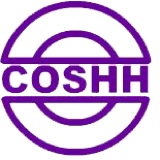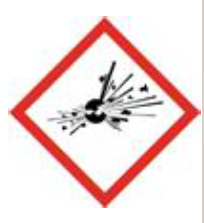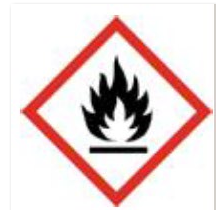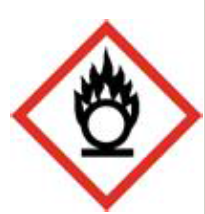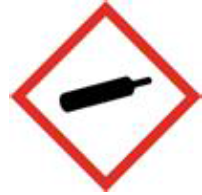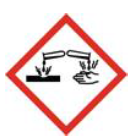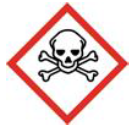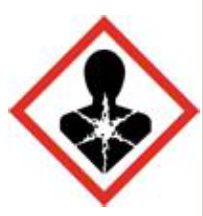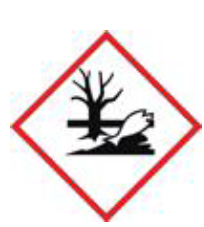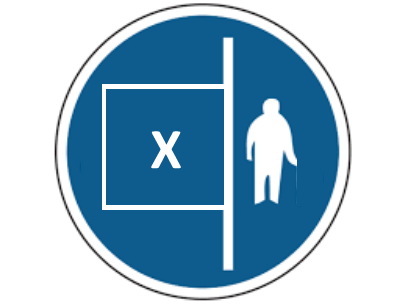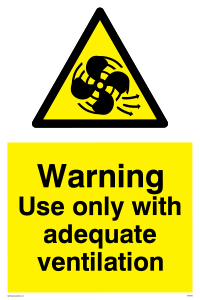Information
-
COSHH Risk Assessment No.
-
Audit Title
-
Client / Site
-
Conducted on
-
Prepared by
-
Address
-
Personnel
-
Product Name
-
Manufacturer
-
Product code
-
Manufacturer Contact Number
-
Section where used
-
Description
-
MSDS held
-
Date of MSDS
COSHH Risk Assessment
Information
-
Substance Name
-
Manufacturer
-
Product Code
-
Manufacturers Contact Details
-
MSDS Held
-
Appearance Form Colour Odour
Hazard Classification
-
- Acute Toxicity (Cat 1-3)
- Corrosive
- Compressed Gases
- Oxidising
- Flamable
- Explosive
- Acute Toxicity (Cat 4)
- General Harm
- Hazardous to the environment
- No Classification
-
GHS-01 Explosive
-
Explosives
- Self-reactive substances and mixtures Type A
- Self-reactive substances and mixtures Type B
- Organic Peroxides Type A
- Organic Peroxides Type B
-
GHS-02 Flammable
-
- Flammable gases, aerosols, liquids or solids
- Self reactive substances and mixtures
- Pyrophoric liquids and solids
- Self-heating substances and mixtures
- Substances and mixtures, which in contact with water emit flammable gases
- Organic peroxides
-
GHS-03 Oxidising Gasses, Liquids and Solids
-
GHS-04 Compressed Gases
-
- Compressed gases, liquids and solids
- Liquefied gases
- Refrigerated liquefied gases
- Dissolved gases
-
GHS 05 Corrosive
-
- Corrosive to metals
- Skin corrosion
- Severe eye damage
-
GHS-06 Acute toxicity (Cat 1 - 3)
-
GHS-07 Acute Toxicity (Cat 4)
-
- Skin and eye irritation
- Skin sesitisation
- Specific target organ toxicity
- Respiratory tract irritation
- Narcotic effects
-
GHS-08 Personal Harm
-
Harm
- Respiratory sensitisation
- Germ cell mutagenicity
- Carcinogenicity
- Reproductive toxicity
- specific target organ toxicity
- Aspiration hazard
-
GHS-09 Hazardous to the Aquatic Environment
How is it used
-
Describe the activity or work process. (Include how long and how often this is carried out and the quantity of substance used)
-
Location of the process being carried out?
Hazardous Substances produced
-
Are any hazardous substances produced by any process. (eg fumes from heating substance)
Who It Might Effect
-
Identify the person at risk:
- Employees;
- Contractors;
- Trainees;
- Visitors;
- Members of the public;
Hazard Type
-
- Gas
- Vapour
- Mist
- Fumes
- Dust
- Liquid
- Solid
- Other
-
If Other, state the nature of the hazard type?
Route of exposure
-
Route of Exposure
- Inhalation
- Skin
- Eyes
- Ingestion
- Other
-
If other, state type?
What Controls Are Currently In Place
-
- Total Enclosure of the Process
- Partial Enclosure of the Process
- General Workplace Ventilation
- Wet Methods (to control Dust)
- Respiratory Protection
- Eye Protection
- Gloves
- Protective Overalls
- Rubber Apron
- Other
-
Total Segregation of the Process
-
-
-
-
-
Overalls
-
-
If other, state type?
General Precautions
-
General precautions and personal protection needed (Consider warning signs, ventilation, work patterns, personal hygiene / cleanliness, protective clothing)
First Aid
-
Eyes
-
Skin
-
Ingestion
-
Inhalation
-
National Poisons helpline
In England and Wales: NHS 111 - dial 111
If symptoms persist consult a doctor
Chemical Spill
-
Action in case of emergency (Spillage, uncontrolled release, fire)
Environmental
-
What are the environmental implications?
Fire Fighting
-
Melting point Boiling Point Flash point Self Ignating Danger of Explosion
-
Appropriate Extinguishers
- Water
- Dry Powder
- Foam
- CO2 Carbon Dioxide
- Wet Chemical
-
Firefighting methods
Storage Disposal and transportation Information
-
Storage
-
Disposal
-
Transport
Assessment Of Risk
-
Assessment Matrix
-
Overall assessment of risk with regard to current usage of this substance
Improvements
-
Are the current controls effective
-
Does the MSDS suggest any controls that are not in place
-
Is air monitoring considered appropriate
-
Can the process be re-engineered
-
Has the use of an alternative less dangerous substance been considered
Assessment Review
-
This assessment should be reviewed periodically or it there are any changes in the process.
-
Date of next review
Assessment Completed By
-
Assessor Signature
